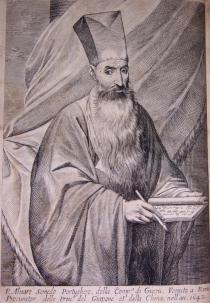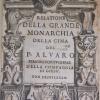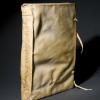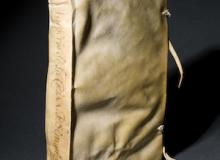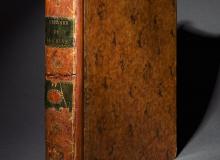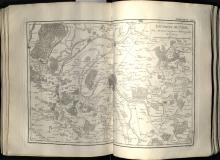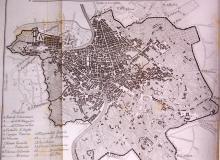Alvaro Semedo
The length of the sea voyage between Europe and China greatly influenced the cultural exchange between the two worlds. The dangers associated with the journey meant that wayfarers could not necessarily guarantee their safe arrival at their destination. That fact makes it all the more remarkable that the maritime pathway was so well traveled and that knowledge was successfully transmitted from one place to the other. While letter-writing was one means of communicating between continents, the most practical way of ensuring that important reports were sure of reaching their intended audience was to send these with a personal messenger. When crucial pieces of information were included in such reports, the choice of person was also significant.
For the Jesuits the ‘procurator’ was this emissary of knowledge - someone especially chosen to travel back to Europe to communicate with the other Jesuits there and to publicize the work of the mission. Procurators usually carried multiple letters and reports with them, as well as curiosities and artifacts. All these objects helped them in their role as propagandists for what the Jesuits were doing in China. When they left Europe once more they also took gifts, money, books and other missionaries back with them. Procurators were the crucial living link between the two worlds and able to explicate difficult aspects of cross-cultural exchange because of their first-hand experience.
The Portuguese Jesuit Alvaro Semedo (1585-1658) was named procurator of the China mission in 1636, left Macau for Europe in 1637 and arrived in Lisbon in 1640. He finally reached Rome in 1642, where he was based for two years, before leaving for China again in 1644. He died in Guangzhou (Canton) in 1658.
In addition to holding positions of responsibility, Semedo also worked as a scholar. He wrote an account of the discovery of the Xi’an Nestorian monument (most likely around 1625) and his influential history of China was first published in Portuguese in 1641, Spanish in 1642 and then in multiple languages after that. The Burns Library has a Spanish edition of 1642, an Italian edition of 1643 and a French edition of 1667.
